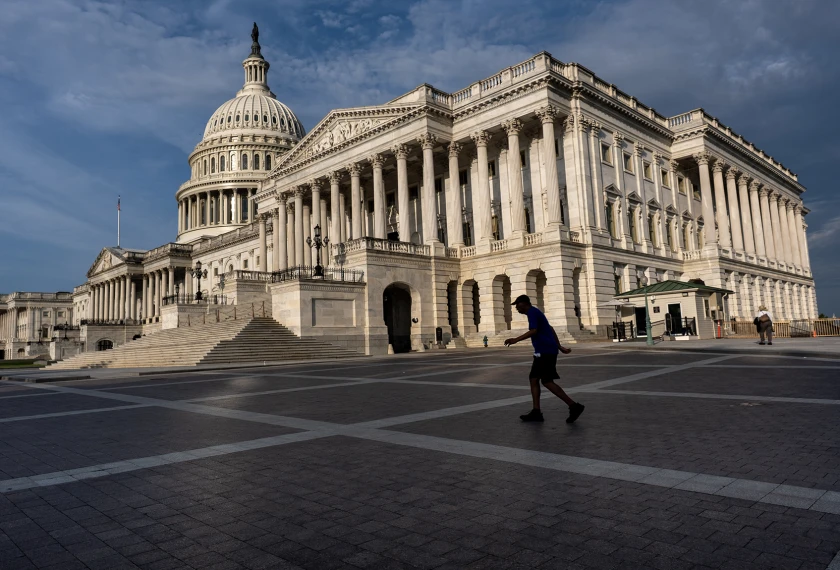First in American History”: Senate Passes Landmark Bill to Fund Private School Choice

In a move that could reshape American education, the U.S. Senate has narrowly passed a major budget bill containing the first-ever federal program designed to direct public funds toward private school tuition. The controversial provision, fueled by tax credits, has been hailed as a historic victory by school choice advocates and fiercely condemned by teachers’ unions.
The policy, championed by Senator Bill Cassidy (R-La.), would create a national tax-credit scholarship program. While it still needs to clear further votes in the House before heading to President Donald Trump’s desk, its passage in the Senate marks a significant milestone for the private school choice movement.
“No child should be trapped in a failing school,” Sen. Cassidy, who chairs the Senate’s education committee, stated after the vote. “This is the FIRST federal school choice program in AMERICAN HISTORY, and it will finally give parents the freedom to choose the best education for their children.”
How the Tax-Credit Scholarship Program Works
Unlike a direct voucher system, the program operates through charitable donations. Here’s a breakdown of the Senate’s version:
-
Donors Get Tax Credits: Individual taxpayers can receive federal tax credits—worth up to $1,700—for donating to non-profit, scholarship-granting organizations. The bill offers a 100% reimbursement for these donations, a feature experts say is unlike any other tax credit.
Advertisement -
Students Get Scholarships: These organizations then award scholarships to K-12 students to help pay for private or religious school tuition, tutoring, or books.
-
Broad Eligibility: Student eligibility is broad, covering families with incomes up to 300% of their area’s median gross income.
-
States Must Opt-In: In a key concession, the program is not a federal mandate. States, through their governor or another official, would have to choose to participate, setting the stage for new political battles at the state level.
This version differs significantly from the one passed by the House. The Senate bill removes the House’s proposed $5 billion cap on the program, making it an open-ended and permanent part of the tax code with a potentially massive cost.
A Fierce Debate Over Public Education
The provision has ignited a firestorm of debate. While advocacy groups celebrated the move, the nation’s largest teachers’ unions argued it would siphon critical funds from public schools to benefit families already enrolled in private education.
“The senators who voted for this bill are turning their backs on those who need their support the most,” said National Education Association President Becky Pringle in a statement. “This bill will devastate our schools and communities—all to finance massive tax breaks for the ultra-wealthy.”
The Billion-Dollar Question: What Could It Cost?
With no spending cap, the potential cost of the program is staggering. An analysis by the Institute on Taxation and Economic Policy estimates that 138 million taxpayers would be eligible to claim the credit.
While it’s unlikely every eligible person would participate, the report outlines several scenarios:
-
If just 5 million people donated the full 8 billion per year**.
-
If a more significant 59 million people claimed the credit, the annual cost could skyrocket to $101 billion.
What Happens Next?
The bill now returns to the House of Representatives. The House can either approve the Senate’s version and send it directly to President Trump, or the two chambers will convene a conference committee to negotiate a final version. While the details could still change, the inclusion of a federal school choice program in a bill passed by both chambers of Congress is a landmark development that could permanently alter the relationship between the federal government and American education.





